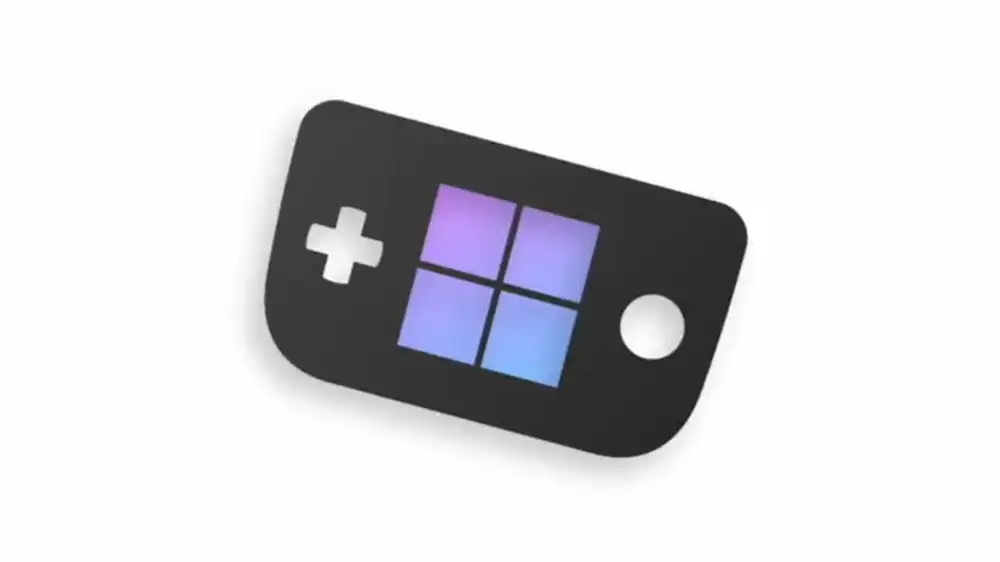One weakness of Valve's Steam Deck gaming handheld and SteamOS is that, by default, they will only run Windows games from Steam that are supported by the platform's Proton compatibility layer (plus the subset of games that run natively on Linux). It's possible to install alternative game stores, and Proton's compatibility is generally impressive, but SteamOS still isn't a true drop-in replacement for Windows.
Microsoft and Asus' co-developed ROG Xbox Ally is trying to offer PC gamers a more comprehensive compatibility solution that also preserves a SteamOS-like handheld UI by putting a new Xbox-branded user interface on top of traditional Windows. And while this interface will roll out to the ROG Xbox Ally first, Microsoft told The Verge that the interface would come to other Ally handhelds next and that something "similar" would be "rolling out to other Windows handhelds starting next year."
Bringing a Steam Deck-style handheld-optimized user interface to Windows is something Microsoft has been experimenting with internally since at least 2022, when employees at an internal hackathon identified most of Windows' handheld deficiencies in a slide deck about a proposed "Windows Handheld Mode."
It's not clear whether this new Xbox interface is a direct outgrowth of that slide presentation, but it pitches a tile-based Switch-style gamepad UI with some superficial similarities to what Microsoft revealed yesterday. This theoretical Handheld Mode would also have come with "optimizations for your handheld's touch screen to improve touch points and visibility" and Windows' "lack of controller support" outside of the Steam app and actual games.
On the ROG Xbox Ally, the new full-screen interface completely replaces the traditional desktop-and-taskbar interface of Windows, saving what Microsoft says is a couple of gigabytes' worth of RAM while also using less energy and other system resources. On a handheld running the normal version of Windows, like the regular ROG Ally, that Windows overhead is joined by additional overhead from things like Asus' Armoury Crate software, which these handhelds currently need to bridge the functionality gap between SteamOS and Windows.
As in SteamOS, a traditional desktop UI will reportedly still be available on the ROG Xbox Ally, but you have to specifically decide to launch it. Hopefully, any version of this interface that also rolls out to generic Windows PCs would also be able to save system resources by shutting the traditional Windows UI off entirely.
The risks of lateness
Microsoft has been slow to respond to SteamOS and the Steam Deck. At first, it wasn't clear whether the clunky and rough-around-the-edges handheld would succeed at all; these handhelds also don't represent a significant threat to traditional gaming PCs, which are considerably more powerful. Microsoft has also spent most of the last two years focused on AI—and arguably security—at the expense of other big swings.
But Microsoft's tardiness has also left more room for the Steam Deck and SteamOS to flourish—software that allows you to run a wide range of Windows games without actually requiring Windows itself. Proton (and underlying projects it relies on, like Wine) have gradually gotten better thanks to the additional attention and development resources, and SteamOS is slowly expanding to other non-Steam Deck gaming handhelds and PCs, including some of Asus' own ROG Ally hardware.
So far, SteamOS hasn't resulted in any kind of mass exodus away from Windows on consumer PCs (though Linux market share has gradually ticked upward and surpassed 4 percent for the first time last year). But for decades, a key part of the pitch for Windows has been wide compatibility with new and old Windows apps and games. Proton and other projects that let people run that software without running Windows itself risks breaking the cycle of lock-in and inertia that has made Windows the path of least resistance for PC users for the better part of four decades, especially if Windows is also becoming more annoying to install and use.

 AI causerà recessione: le conseguenze dei licenziamenti secondo il CEO di Klarna
AI causerà recessione: le conseguenze dei licenziamenti secondo il CEO di Klarna